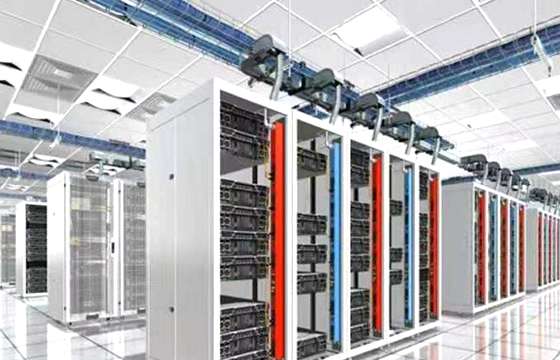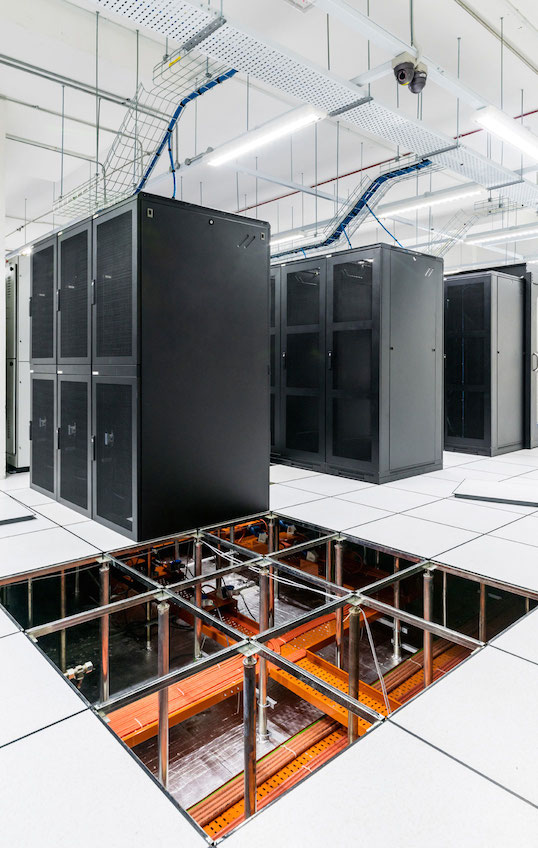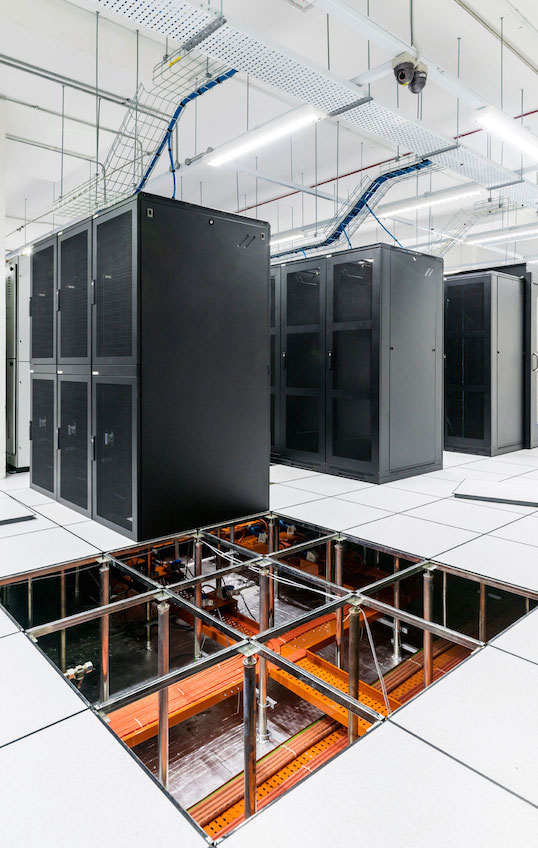

The terms "UFAD" (Underfloor Air Distribution) and "raised floor" are often associated with each other in building design and construction, but they serve different functions even if they are used in conjunction. Here's how they differ and complement each other:
Raised Floor Systems:

A raised floor system refers to the construction of a floor above the original concrete slab floor, creating a gap or void (plenum) between the two floors. This space can be used for various purposes, including:
Routing electrical wiring and cables.
Plumbing and HVAC (heating, ventilation, and air conditioning) components.
Providing space for underfloor air distribution (UFAD).
Raised floors are common in data centers, offices, and buildings where there is a need for flexible distribution of services. The floor is usually made of removable panels, allowing for easy access to the services below.
UFAD (Underfloor Air Distribution):
UFAD is a method of providing conditioned air to a space via a plenum beneath the raised floor. Instead of traditional overhead duct systems, UFAD delivers air closer to the occupied zone, offering various benefits:
Improved thermal comfort with stratification of air temperatures.
Energy efficiency by reducing fan energy requirements and potentially improving the effectiveness of cooling systems.
Flexibility in space layout due to the ease of moving air diffusers in the floor as compared to fixed overhead ducts.
Reduced space requirements for ducts, allowing for potentially lower building heights and material savings.
Relationship and Use:
While a raised floor system provides the necessary infrastructure and space for various building services, UFAD specifically refers to the method of air distribution that utilizes the space created by a raised floor for HVAC purposes.
In summary, raised floors offer a versatile space for building services, including UFAD, which takes advantage of this space to improve air distribution and occupant comfort. Not all buildings with raised floors will use UFAD, but the two are highly compatible and often found together in modern, energy-efficient buildings.